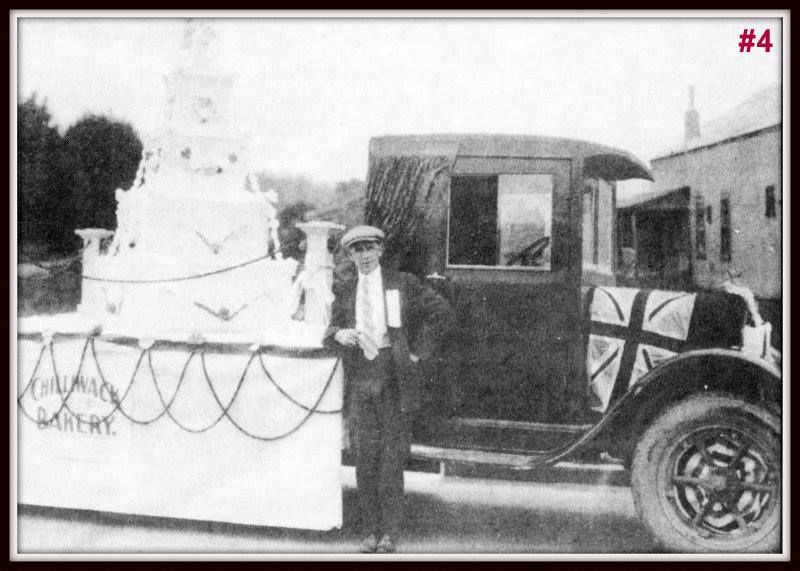Chilliwack’s Grand Boulevard
- Monica Braun
- Oct 22, 2021
- 2 min read
Updated: Jun 11, 2022

Having lived on Spadina Avenue for the past twenty years, I have been privy to countless remarks by passersby commenting on what a beautiful street it is; and have watched many out-of-towners attempt to capture, with their cameras, the beauty of the flowering plum trees that lined the street. So, it’s hard to believe that this beautiful treed boulevard, at various times in its history, has been considered a ‘problem’ by the city.

Originally named Albert Street, it was changed in 1910 to Spadina Avenue. It became the topic of much discussion and interest after the city had acquired land for the new fairgrounds located on the block bounded by Corbould, Hodgins, Ashwell, and Spadina. As the main traffic artery to the fairgrounds, the street was proving to be inadequate. So, in 1914, the city undertook a major improvement of Spadina Avenue by including a center boulevard and cement sidewalks from Main Street to Stanley Street. Concurrently, as part of the ‘city beautiful movement’, the planting of English Walnut trees along Spadina Boulevard was also undertaken in the spring of that year.

Shortly after WWII, Spadina Avenue would again be the subject of much discussion when construction of the new recreation center at the fairgrounds was announced. Already under criticism as being ‘one of the worst streets in the city for twenty years’, the anticipation of heavier traffic on the road prompted city council to move forward with plans to pave the street from curb to curb, put in new sidewalks, cut down the Walnut trees, and remove the center boulevard.

Thus began, the brief, but contentious, “Battle of the Boulevard”, in which city council and residents bitterly argued for or against having a center boulevard on Spadina; the original having already been removed in preparation for the road improvements. In April, 1946, city council, despite being split on the boulevard decision, voted in favour of having a center boulevard, only to have the decision reversed seven months later. This action resulted in an ‘immediate and almost unanimous chorus of dissent’ from residents along the street. A compromise was made—a center boulevard from Main Street to Corbould Street, but no center boulevard from Corbould Street to Stanley Street.

Surprisingly, removal of the Walnut trees did not spark the same amount of dissent as the removal of the center boulevard. Spadina Avenue would not see city trees on the boulevard for another forty years, when, in 1986, the ornamental plum trees were planted to commemorate Expo 86.
A century has passed since the city implemented a beautification program. The ornamental plum trees are gone, save a few; replaced by hardier, more long-lasting trees. And, if you have recently driven down near the west end of Spadina, you’ll have noticed that it’s received a dramatic facelift—finally getting its own boulevard. But whether Walnut trees, Plum trees, or trees with brilliant fall colour line it, Spadina Avenue has shed its reputation as a ‘problem’ street to become one of the prettiest streets in Chilliwack.





Comments